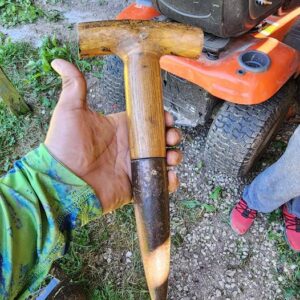The History, Usage, and Legacy of the Vintage Rolodex
History of the Rolodex
The Rolodex, a portmanteau of “rolling” and “index,” revolutionized how people managed their contacts. Invented by Danish engineer Hildaur Neilsen in 1956, the Rolodex quickly became an essential office tool. It featured a rotating spindle and index cards, allowing users to flip through their contacts with ease. By the 1960s, the Rolodex Corporation, founded by Arnold Neustadter, popularized this device, making it a staple in offices worldwide.
Usage of the Rolodex
The Rolodex’s primary function was to organize business contacts, making it easy to access information such as names, addresses, phone numbers, and other pertinent details. Users could write or type contact information on the cards and place them in alphabetical order. Its design allowed for quick retrieval and easy updates; users could remove or replace cards as needed. The Rolodex’s practicality extended beyond businesses, finding a place in homes for personal contact management.
Features and Variants
Over the years, various models of the Rolodex were introduced, catering to different needs and preferences. Some models included locking mechanisms for added security, while others featured different sizes and card capacities. The “VIP” series, for instance, offered a more professional and elegant design, often used by executives and professionals who needed a stylish and reliable way to manage their contacts.
Legacy of the Rolodex
Despite the advent of digital contact management systems, the Rolodex remains an iconic symbol of mid-20th century office culture. Its design exemplifies the ingenuity of pre-digital information management. Many professionals who began their careers in the pre-digital era still fondly recall the Rolodex as a reliable and indispensable tool.
The Rolodex’s influence extends into modern times. Digital contact management apps often mimic its organizational style, offering virtual “cards” and alphabetical sorting, reminiscent of the original Rolodex system. Additionally, the term “Rolodex” has entered the lexicon, symbolizing a comprehensive and well-organized list of contacts.
Modern Relevance
Today, while fewer people use physical Rolodexes, the device holds a nostalgic and collectible appeal. Vintage Rolodexes are sought after by collectors and those who appreciate retro office supplies. Some enthusiasts repurpose them for creative uses, such as recipe holders, photo displays, or unique business card organizers.
In conclusion, the vintage Rolodex stands as a testament to the ingenuity of its time. It not only streamlined contact management for decades but also left an enduring legacy that continues to influence modern organizational tools. As a cultural icon, the Rolodex represents the bridge between analog efficiency and the digital age, reminding us of the evolution of workplace technology.



